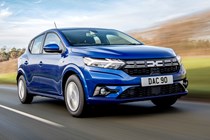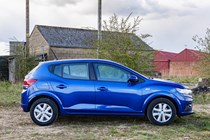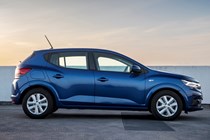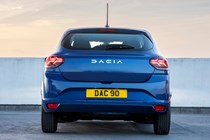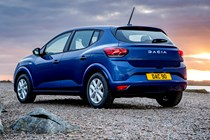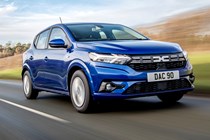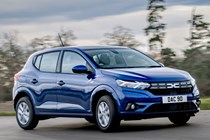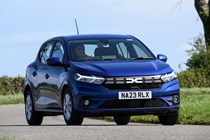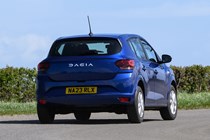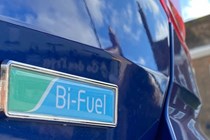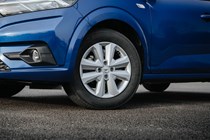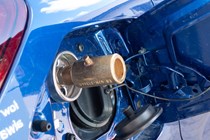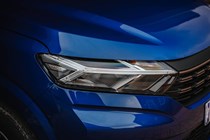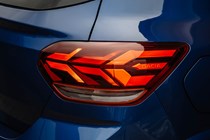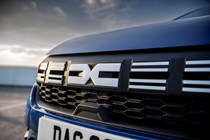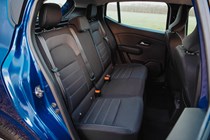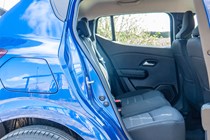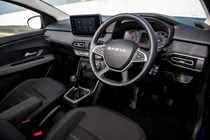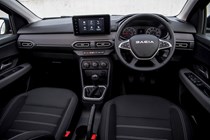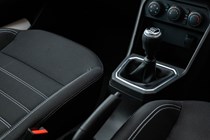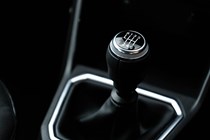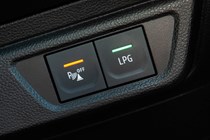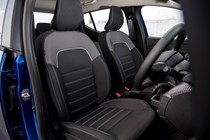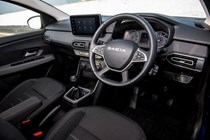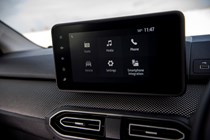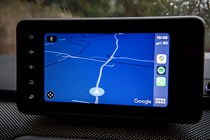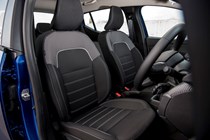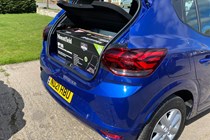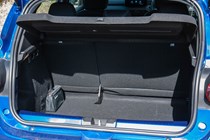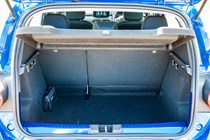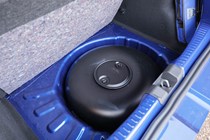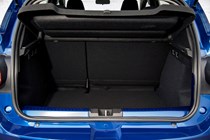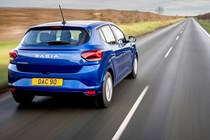Dacia Sandero engines, drive and performance
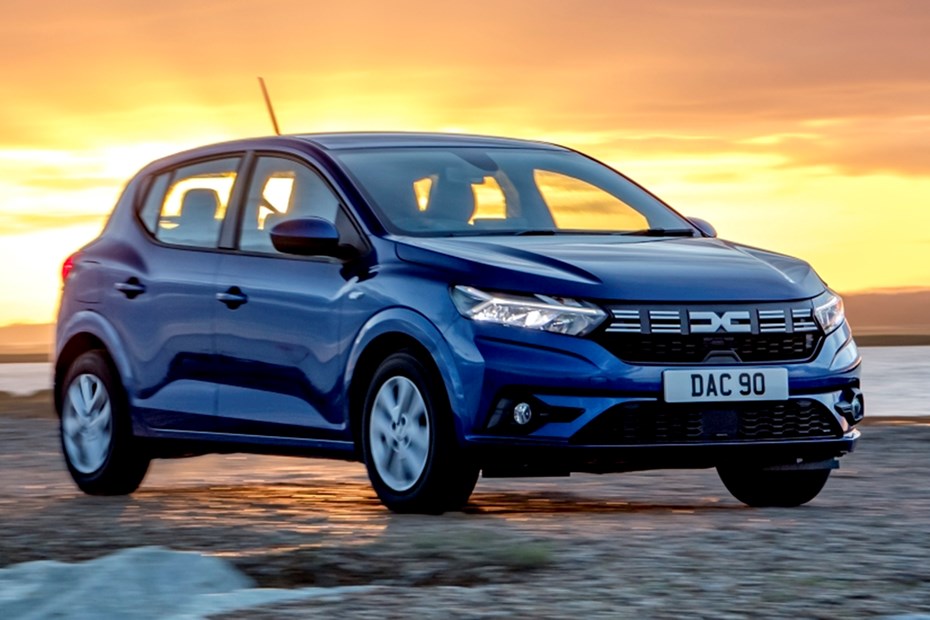
- A single three-cylinder petrol
- No hybrid or diesel options available
- There’s a 90hp and 100hp petrol/LPG to choose from
Petrol engines
A single three-cylinder, 1.0-litre petrol engine is offered in the 2022 Dacia Sandero. Other motors have been culled, meaning the TCe 90 and TCe 100 BiFuel are the only choices nowadays. Which ever version you go for, the powerful turbocharged three-cylinder provides ample power for this small, lightweight car.
The TCe 90 delivers a stout 90hp and 160Nm of pulling power: these are respectable figures for such a small engine and give the Dacia Sandero decent performance. The numbers don’t sound startling – 11.7 seconds to dispatch 0-62mph and 107mph top speed, and these are 11.9 seconds and 113mph respectively for the TCe 100 BiFuel, and feels very similar.
Three-cylinder turbo engines are no longer unusual – and the character of the Sandero’s unit shared with the Renault Clio is exemplary, complete with eager revving and a pleasant sound. Consider fifth and sixth gears as taller ratios for relaxed cruising. Buyers can choose from a pleasant six-speed manual transmission, or pay a little more for the CVT automatic. Both suit the car well, though we prefer the back-to-basic simplicity of the manual gearbox.
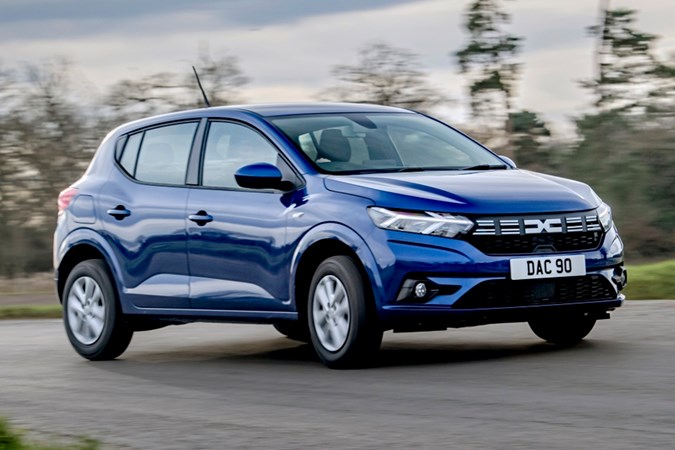
What’s it like to drive?
- Lack of driver assistance is refreshing
- Secure handling biased towards comfort
- Well-weighted controls, reassuring feedback
When most mainstream car seems to be pursuing firm, track-like handling to meet the needs of marketing departments and boy racers, the softer nature of the Sandero gains a real edge for those who enjoy driving, yet want their passengers to enjoy the trip too.
It’s almost the perfect blend for daily transport on a budget. The suspension has enough travel to deal with British roads, enough damping to be comfortable without being wallowy or bouncy, and enough sophistication to corner quickly and safely on a twisting back road. The steering isn’t hot-hatch sharp, but it is direct, predictable and easy to use at low speeds.
For most people this is enough – but if you fancy yourself a bit of a racing driver when the right road appears, there’s even some fun to be had when you head towards your favourite cross-country B-road.
What matters most is how grown up and ‘not cheap’ the Sandero feels in day-to-day use. The brakes are confidence-inspiring and easy to control, the steering is free of shakes, unwelcome fidgeting on poor roads or twitchiness, and body roll is well controlled. Without a raft of computers and clever dampers and diffs interfering, the Sandero feels very simple and very natural.
The main downside to how the Sandero drives is a susceptibility to crosswinds – the tall, quite boxy shape and unintrusive stability control results in a bit of movement on windy days at higher speeds.


